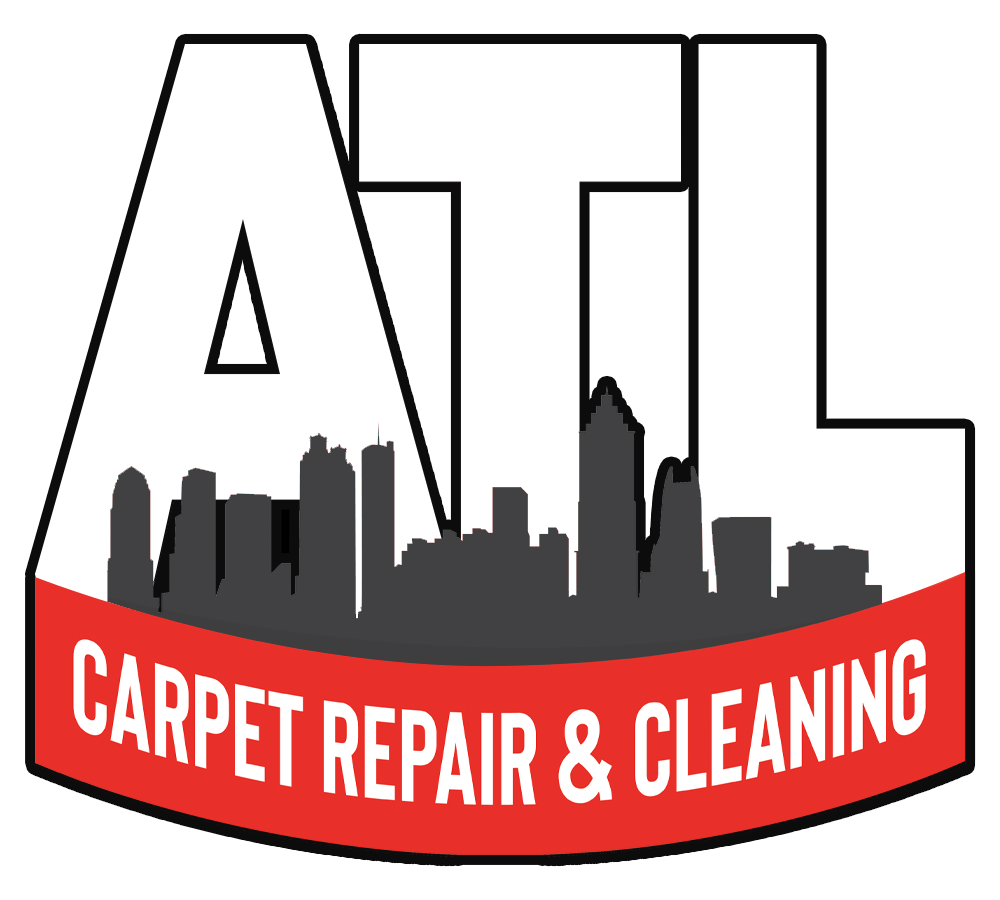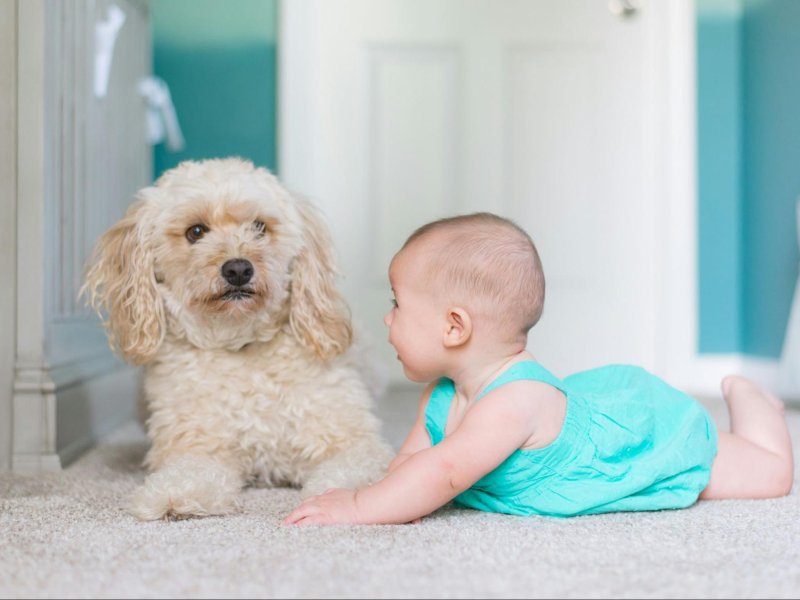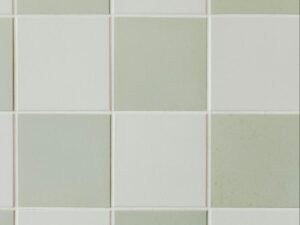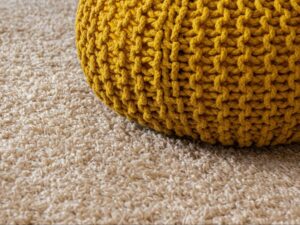Owning a pet brings joy, companionship, and a lot of love into your home, but it also comes with its challenges, particularly when it comes to maintaining your carpets. Pets, especially young ones or those still being trained, can be hard on flooring. Between accidents, scratches, chewing, and general wear and tear, carpets can take quite a beating over time. Fortunately, carpet damage from pets isn’t necessarily permanent. With the right knowledge and tools, you can repair and restore pet-damaged carpets to their former glory.
In this article, we’ll explore the common types of pet damage to carpets and the repair solutions that can help you get your flooring looking as good as new.
Common Types of Pet Damage to Carpets
It is important to know the common types of pet damage caused by pets to carpets if you are a pet owner. Our friends at Heirloom Rug Cleaning have provided us with a list of some of the damages caused to carpets by pets.
1. Stains and Odors: One of the most common forms of carpet damage caused by pets is staining, often due to urine, vomit, or other accidents. Pet stains can be particularly stubborn, not just because of the discoloration but also because of the lingering odors that can seep deep into the carpet fibers and even the padding underneath.
2. Pulling and Scratches: Cats are notorious for clawing at carpeted surfaces, leaving behind frayed edges and pulled loops. Even dogs, especially energetic or anxious ones, can cause damage by digging or scratching at the carpet, particularly at doorways or areas where they might be confined. This can result in uneven or shredded areas of carpet.
3. Chewing: Puppies or other pets going through teething stages might take to chewing the edges of carpets or even gnawing through the fabric. This can cause substantial damage to the carpet’s structural integrity, especially along the seams or edges where the carpet meets walls or other flooring.
4. General Wear and Tear: Heavy foot (and paw) traffic can wear down carpet fibers over time, particularly in areas where pets frequent. This can lead to matted carpet, discoloration, and loss of texture, making the carpet look old and worn out.
Repair Solutions for Pet-Damaged Carpets
1. Stain and Odor Removal: For fresh stains, the quicker you act, the better the results will be. Blotting up as much of the stain as possible with paper towels or a clean cloth is crucial, followed by applying a pet-friendly carpet cleaner. Enzyme-based cleaners are particularly effective at breaking down the proteins in pet urine and other organic materials, helping eliminate stains and odor. Avoid using steam cleaners on pet stains, as the heat can set the stain further into the carpet fibers.
For older, set-in stains, professional carpet cleaning might be necessary. Professionals often use more powerful cleaning solutions and equipment that can penetrate deeper into the carpet fibers and padding. If the stain is too deep or severe, replacing the affected section of carpet might be the best option.
2. Carpet Patching: When pets have caused physical damage like tears, rips, or shredded areas, carpet patching is an effective solution. This involves cutting out the damaged area and replacing it with a new piece of matching carpet. If you have leftover carpet from the original installation, that’s ideal for creating a perfect match. If not, a piece from a closet or other inconspicuous area can be used.
To patch a carpet, the damaged area is carefully cut out, and the new piece is trimmed to fit. A carpet adhesive or heat-bond tape is used to secure the patch in place, and the fibers are blended as much as possible to make the repair seamless. This method works well for small, localized areas of damage.
3. Re-stretching: For pets that have pulled and loosened carpet from its tacking strips, re-stretching might be necessary. This is common in areas where pets have repeatedly scratched or dug at the edges of the carpet. A professional carpet installer will use special tools to stretch the carpet back into place and reattach it to the tacking strips, restoring the tight, smooth appearance of the flooring.
Re-stretching can also help with ripples or buckling caused by general wear and tear, making your carpet look fresh and new again.
4. Carpet Binding: For pets that have chewed or scratched the edges of the carpet, particularly where it meets other types of flooring, carpet binding can be a great solution. Carpet binding involves using a fabric or adhesive tape to reinforce and protect the edges of the carpet, preventing further fraying or damage. It’s a simple and cost-effective way to restore the appearance of damaged edges and prevent the problem from worsening.
5. Deep Cleaning and Reconditioning: If the main issue is general wear and tear, with carpet fibers looking dull, matted, or discolored, a deep cleaning might be all that’s needed. Professional-grade carpet cleaners can revive the look of worn-out carpets by lifting dirt and grime from deep within the fibers. After cleaning, grooming the carpet with a specialized brush can help restore the texture and fluffiness.
If heavy traffic has worn down specific areas, carpet reconditioning products such as fiber protectants and revitalizers can help to restore the appearance of the fibers, giving the carpet a fresh look and feel.
6. Carpet Replacement: In cases where the damage is extensive—perhaps due to repeated accidents, large tears, or severe chewing—the best solution might be to replace the carpet altogether. While this is the most expensive option, replacing the damaged sections or the entire carpet ensures a fresh, clean surface for you and your pets. If you’re particularly concerned about future damage, you might want to consider pet-friendly carpet options that are stain-resistant, durable, and easy to clean.
Preventing Future Damage
After repairing your carpet, it’s important to take steps to prevent future damage. Some helpful strategies include:
- Train your pets: Teaching pets to avoid certain areas, like doorways or furniture, and ensuring they are well-trained when it comes to bathroom habits can prevent accidents and physical damage.
- Provide alternatives: Give your pets appropriate toys, scratching posts, and chew items to keep them from targeting your carpet.
- Use protective barriers: Consider using area rugs or carpet runners in high-traffic areas or near doorways to minimize wear and tear.
- Trim pet nails regularly: Keeping your pet’s nails trimmed can reduce the likelihood of scratching and pulling at the carpet.
Conclusion
While pets can undoubtedly cause damage to carpets, the good news is that most issues can be repaired or managed with the right techniques. Whether it’s patching a tear, removing a stubborn stain, or stretching out loosened carpet, there are solutions available to restore your flooring to its original condition. By addressing pet damage quickly and taking steps to prevent future issues, you can maintain a clean, beautiful carpet while still enjoying the company of your furry friends.








